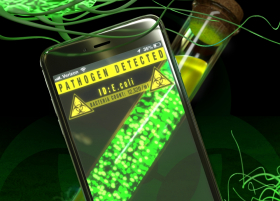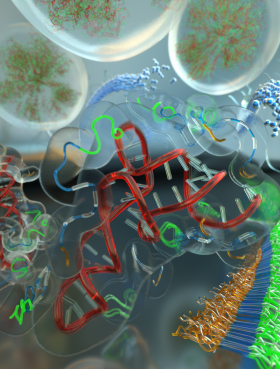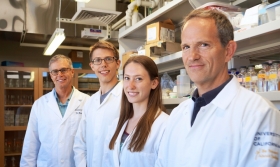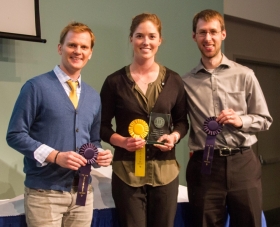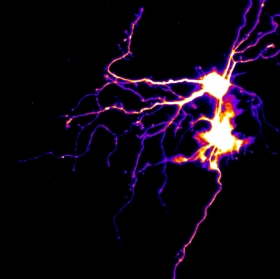In a potential game changer for the health care industry, a new cell phone app and lab kit now allow a smartphone to identify bacteria from patients anywhere in the world. With the new app, doctors will be able to diagnose diseases and prescribe the appropriate antibiotic within a one-hour office visit, meaning faster recovery — and lower treatment costs — for patients.

